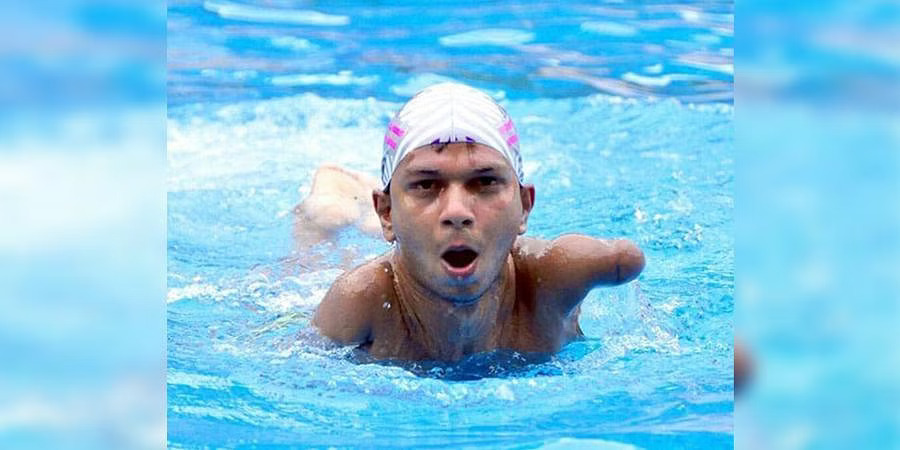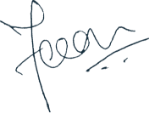High tides: Author VR Ferose talks about his book GRIT

Vishwas KS is a swimmer of great merit. He has won numerous medals, participated in coveted international tournaments, and has been the international champion. The Vice President of India gave him the Role Model award. The Karnataka government bestowed him the Rajyotsava award. In all his achievements, there is but one catch: Vishwas has no hands.
The story of overcoming great ordeals has been present in many fables. We’ve all heard the stories: from the meek spider who inspired a king to persevere to the steady tortoise who bested the swift rabbit in a race. Despite all this, the story continues to stay relevant. Maybe because we find remnants of the tale in people’s lives. The form might be different, but the message remains the same. Perhaps that’s one of the reasons behind author VR Ferose’s GRIT, his series of graphic novels.
The second part of the intended trilogy, GRIT: The Vishwas Story, explores the idea of relentless effort in the face of great adversities, which is the core theme of the series. “I am not interested in telling the story of people who came first, second, or third. I want to invite the guy who came fourth. For me, that is a much more interesting story than that of a gold medallist. How that guy deals with the disappointment is much more fascinating to me. Because that is a very human emotion that all of us feel,” shares Ferose. Actor Ramesh Aravind is also a part of the book.
Before the first book in the series had come out, Ferose decided to create it in the form of graphic novels. “I had read some graphic novels here and there in India, but I truly realised the power of this medium once I saw how big it is in the US. There you will find huge bookstores that only have graphic novels. I was also writing this series for both adults and children, and graphic novels have an audience that cuts across generations,” he says.
The protagonist of each book in the GRIT series has been a specially-abled person. Ferose, himself, has been part of the inclusion movement for many years. In a way, just like his protagonists, his grit revolves around the acceptance of specially-abled people in society.
“While I have been part of the inclusion movement and I run the inclusion summit as well, that is not why the protagonists of the series are specially-abled. Filmmaker Nagesh Kukunoor, who directed Iqbal (2005), once told me ‘Don’t focus on the cause, focus on the story’. That is exactly what I’m doing as well. While the cause is vital, I’m just trying to tell a compelling story,” he says.
While some writers might prefer to lead a lonely life, that can’t be the case when one is writing a graphic novel. You need to work with an illustrator. Cooperation is key. The illustrator for this novel is
Sriram Jagannathan.
“When you’re writing a graphic novel, the process is different. However, the work with this book came easier as Jagannathan and I have already worked on the previous one, and we’ll be working on one more at least. He has been part of the inclusion movement for the last five years and understands the space very well,” says Ferose, adding that Jagannathan’s style of illustration, which is very sober on the eyes, helps capture the mood of the story as well.

